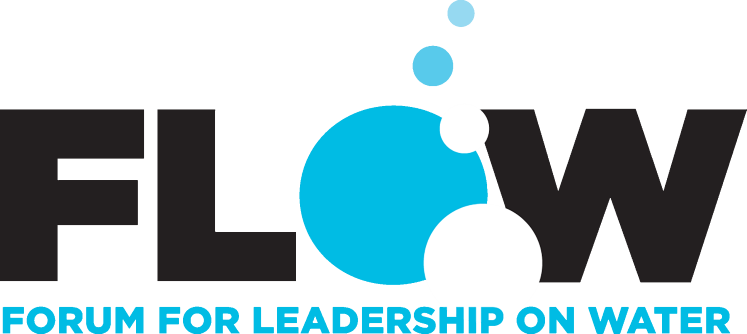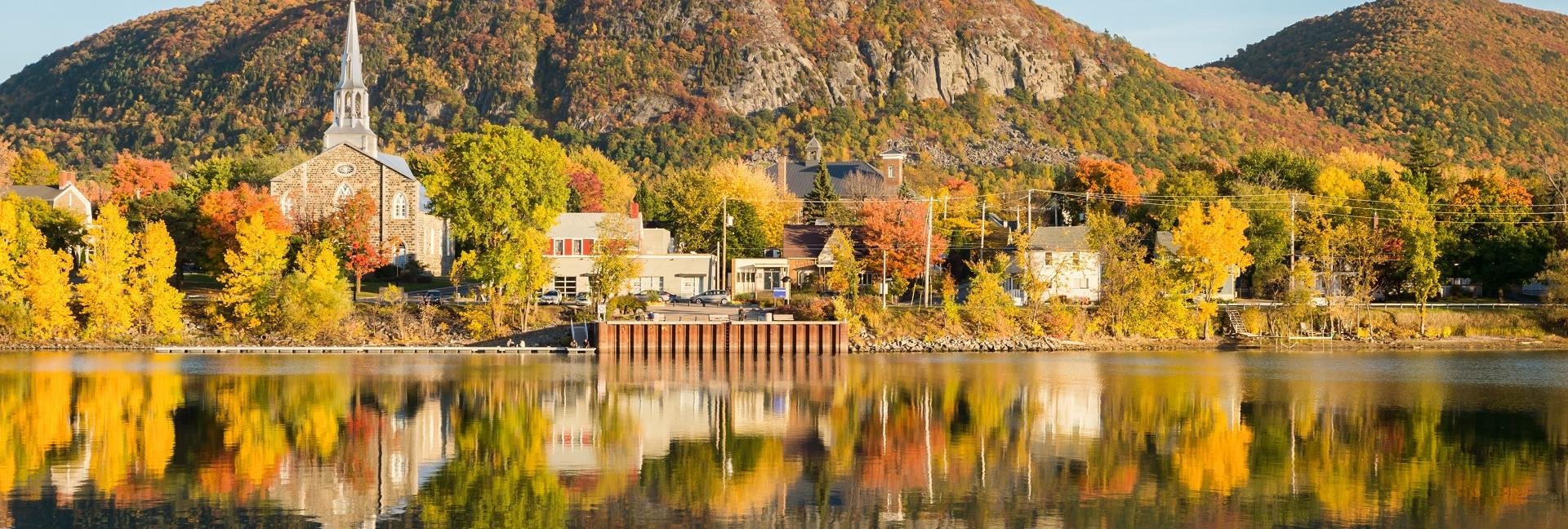Introduction to the International Lake Champlain-Richelieu River Study
Ted Yuzyk | August, 2022
The IJC tasked the Study Board with assessing structural as well as non-structural solutions in its review. This is third reference given by governments to address the flooding issue in this basin, with two promising moderate structural solutions are put forward for consideration.
The governments of Canada and the United States provided the International Joint Commission (IJC) with a reference in 2016 to study measures and provide recommendations for reducing the impacts of flooding in the Lake Champlain-Richelieu River transboundary basin. The catastrophic flood of 2011precipitated the reference. The International Lake Champlain-Richelieu River Study Board completed itswork and submitted its report to the IJC. The IJC conducted hearings in September 2022 to gauge stakeholder opinions on the report and more importantly the recommendations. The IJC is currently preparing a report that will provide its advice to the Canadian and US governments on implementing the proposed Study Board recommendations.
The IJC tasked the Study Board with assessing structural as well as non-structural solutions in its review. This is third reference given by governments to address the flooding issue in this basin. The first was in the 1930s and resulted in recommending the damming of the Richelieu River. Construction of the Fryer Island dam was initiated but had to be put on hold because of World War 11 and then the work was abandoned before its completion. The second reference was in the 1970s and this resulted in the recommendation of a dam to be built further upstream at Saint-Jean-sur-Richelieu, Quebec. This recommendation did not receive the support of the US government, so the proposed project did not proceed. Given this history, the IJC directed the Study Board to look at moderate structural solutions and specifically not a dam.
Two promising moderate structural solutions are put forward for consideration. The first option involves selective dredging of the Saint-Jean-sur-Richelieu shoal, which acts as the hydraulic control for the Richelieu River. It focusses on removing human-constructed obstructions (e.g., obsolete eel traps, submerged dikes, etc.) and the construction of a submerged weir to control water levels, both high and low. The weir would reduce extreme high-water levels by about 15 cm on the river and is a highly cost-effective solution. The second option combines the first option with diverting additional modest flow through the Chambly Canal during the freshet. This would provide water level relief in the order of 20cm on the river. The canal modifications are costly for the relief it provides but overall, this option is still cost-effective. Both options were determined to have minimal environmental impact, but a comprehensive environmental assessment would have to be conducted before proceeding.
In terms of non-structural solutions, the Study Board focussed its attention on two key areas: flood response and floodplain management. Under flood response It advocates improved flood forecasting, increased cross border collaboration on forecasting and utilizing the models and tools produced by the study to improve flood preparedness. Under floodplain management there was a broad range of recommendations that involve: improved flood risk mapping, flood risk communication campaigns, increasing flood resiliency or limiting occupancy in flood-prone area and more effective utilization of flood insurance. The study developed a three-layered insurance framework that more effectively engages the public, insurance sector and governments in sharing flooding costs.
At this stage it is not clear what recommendations will be implemented by the national governments,Province of Quebec and the States of Vermont and New York but part of the study’s legacy will be the comprehensive data sets that were collected, state-of-the-art models and tools that were developed and the knowledge that has been acquired as part of this study.
Ted Yuzck is the former Director of Science and Engineering at the Canadian Section of the International Joint Commission (IJC). In 2014 he retired from the IJC and continues to work on projects for the IJC, Environment and Climate Change Canada, and World Meteorological Organization.

